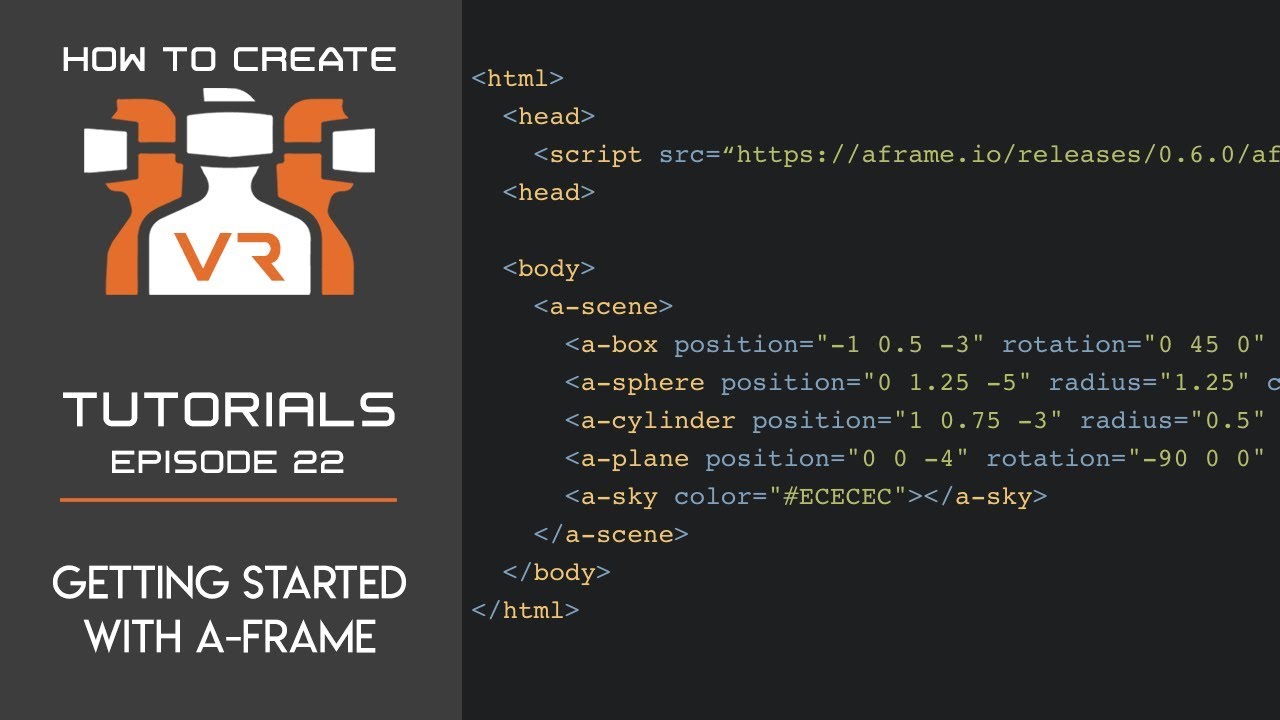A-Frame WebVR Programming Tutorial Series Part 2
You are looking for an A-frame webVR programming tutorial series that will take you through the basics of this framework. There are several parts to this series and all of them are essential to the success of your project. These articles will cover the Low-poly library, Entity-component architecture, and Previewing a scene. If you are having trouble, just check out the documentation for a-frame, which is available in several languages.
Low-poly library
In this part of the A-Frame WebVR programming tutorial series, you’ll learn how to use the Low-Poly library to create a realistic virtual reality scene. Low-poly objects are rendered with a number of primitives that are commonly used in WebVR. These include the lp-sphere and lp-cone. The amplitude parameter controls how far the low-poly versions deviate from the original geometry.
Low-poly games have several advantages. First, they can last longer without the need for intensive optimization. Also, they can use a more complex geometry to create the right impression. Furthermore, they last longer than games that are very realistic. For example, LucasArt’s cult game Day of the Tentacle was remastered in 2016.
Entity-component architecture
To learn about the Entity-Component Architecture (ECA), you can follow this A-Frame programming tutorial series. In the first part of the series, we discussed the basic architecture of the A-Frame, including the importance of defining your own components. After that, we went into the details of the various components. We saw that components are related to each other and that they are both represented by the same HTML attributes.
A-Frame is based on the Entity-Component System (ECS) pattern, which is well-known in game development. Those with knowledge of JavaScript or markup structures can start with this framework. Since it supports HTML, everyone can use it. If you want to learn about how to build a VR component, a-Frame is an excellent choice.
Previewing a scene
In the first tutorial, we learned how to preview a scene in a-frame webVR. We added the entire script base to the code, then linked it to a live scene on a web server. After that, we could test the scene by viewing the URL in a web browser. When testing in a web browser, it would be helpful to install Google VR services.
Moreover, this step is not difficult to implement because A-Frame has a feature called asset management, which allows you to pre-load assets before rendering a scene. This makes it possible to preview a scene at once without having to reload it each time. Similarly, you can change the appearance of an object in an A-Frame scene by copying its URL and setting its unique id.
The A-Frame library works with WebVR, which is an open standard for bringing virtual reality to the browser. This means that you can view a website in a VR headset and interact with it. There are many different types of VR experiences you can make with WebVR. It’s easy to find and try out the right one for you. Just follow the tutorial series to learn about creating a 360-degree VR experience.

